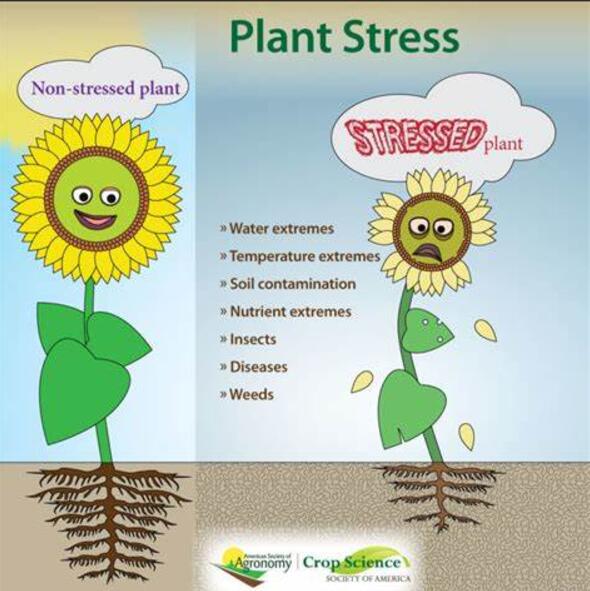Overexpression of MRE11 from the moss Physcomitrium patens enhances resistance to genotoxic DNA strand breaks by stimulating homologous recombination
IF 6.8
Q1 PLANT SCIENCES
引用次数: 0
Abstract
Homology-directed repair (HDR) plays a crucial role in maintaining genetic integrity by facilitating error-free repair of DNA double-strand breaks (DSBs). The meiotic recombination 11 (MRE11) nuclease, the structural center of the MRE11-RAD50-NBS1 (MRN) complex, critically senses DSBs and initiates DNA end resection to commence the HDR process. Here, we report the functional role of MRE11 from the moss Physcomitrium patens (PpMRE11) in enhancing DNA damage tolerance. Our results demonstrate that the overexpression of PpMRE11 confers resistance to genotoxic DSBs in both bacterial and plant systems. Quantitative real-time analysis of the PpMRE11 transcript revealed elevated expression in response to diverse stress stimuli. Furthermore, the increased survival in response to genotoxic stress facilitated by PpMRE11 overexpression is directly linked to the higher homologous recombination (HR) frequency - a correlation not observed in bacterial mutant lines lacking HR capability. Moreover, ectopic expression of PpMRE11 in transgenic rice plants improved resistance to genotoxic stress, as evidenced by reduced accumulation of DNA lesions and decreased cellular damage. These findings provide compelling evidence that the overexpression of PpMRE11 promotes HDR and enhances DNA damage tolerance, highlighting its potential as a target for genetic engineering strategies aimed at improving stress resistance in crops.
求助全文
约1分钟内获得全文
求助全文
来源期刊

Plant Stress
PLANT SCIENCES-
CiteScore
5.20
自引率
8.00%
发文量
76
审稿时长
63 days
期刊介绍:
The journal Plant Stress deals with plant (or other photoautotrophs, such as algae, cyanobacteria and lichens) responses to abiotic and biotic stress factors that can result in limited growth and productivity. Such responses can be analyzed and described at a physiological, biochemical and molecular level. Experimental approaches/technologies aiming to improve growth and productivity with a potential for downstream validation under stress conditions will also be considered. Both fundamental and applied research manuscripts are welcome, provided that clear mechanistic hypotheses are made and descriptive approaches are avoided. In addition, high-quality review articles will also be considered, provided they follow a critical approach and stimulate thought for future research avenues.
Plant Stress welcomes high-quality manuscripts related (but not limited) to interactions between plants and:
Lack of water (drought) and excess (flooding),
Salinity stress,
Elevated temperature and/or low temperature (chilling and freezing),
Hypoxia and/or anoxia,
Mineral nutrient excess and/or deficiency,
Heavy metals and/or metalloids,
Plant priming (chemical, biological, physiological, nanomaterial, biostimulant) approaches for improved stress protection,
Viral, phytoplasma, bacterial and fungal plant-pathogen interactions.
The journal welcomes basic and applied research articles, as well as review articles and short communications. All submitted manuscripts will be subject to a thorough peer-reviewing process.
 求助内容:
求助内容: 应助结果提醒方式:
应助结果提醒方式:


